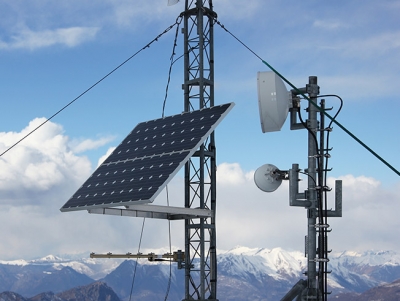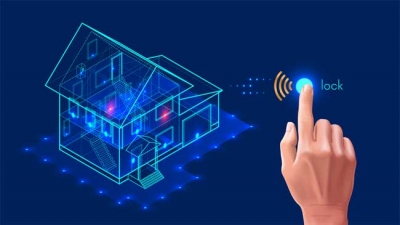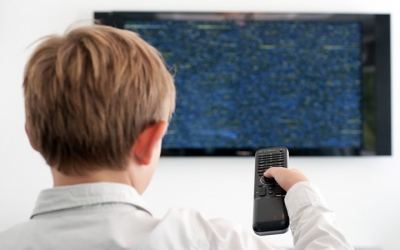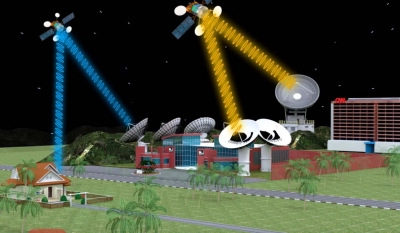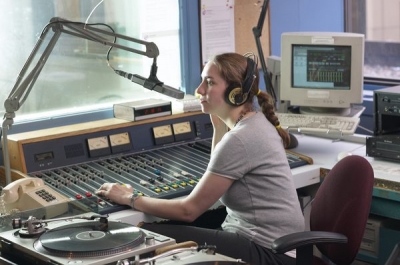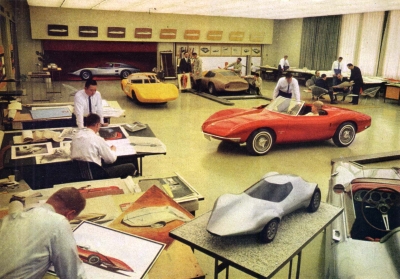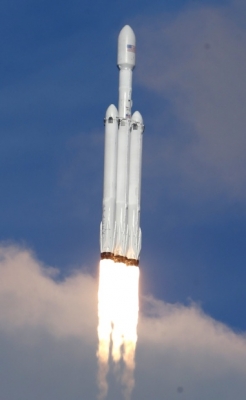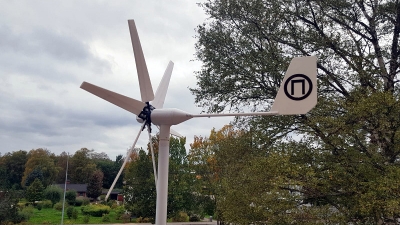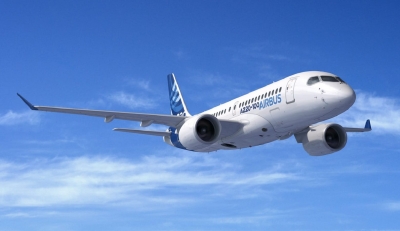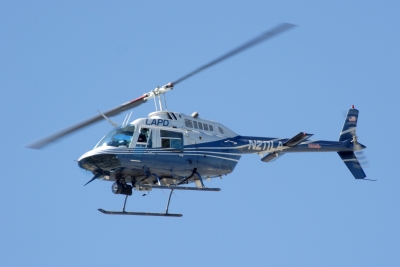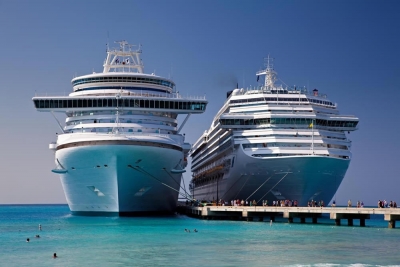How does mobile phone work?
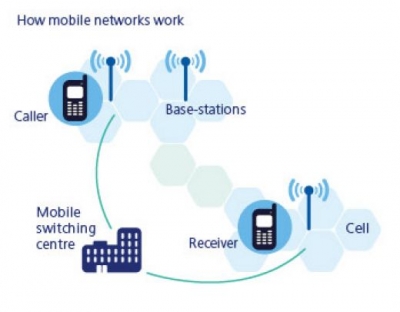
You're walking down the street when you suddenly hear your favourite song start to play. But where is the music coming from? As you look around, you notice that the person walking ahead of you is searching through his pockets. Of course the song is his special signal, letting him know that he has a call or a message on his mobile phone.
A mobile phone rings, vibrates, or plays music when it receives a signal. A display shows the phone number of the caller and possibly a message, too.
Some people carry mobile phones in their purses, briefcases, or pockets. Mobile phones use radio signals to carry their messages.
The service area for mobile phones is divided into groups called cells. Each cell has a radio transmitter. Signals are sent to the cell where the person using the mobile phone is. People who move around a lot still get their signals. The signals bounce from the transmitter in one cell to the transmitter in the next cell. This happens very quickly. Even if people are on a train while they are talking on a mobile phone, their conversation is not interrupted.
Picture Credit : Google

